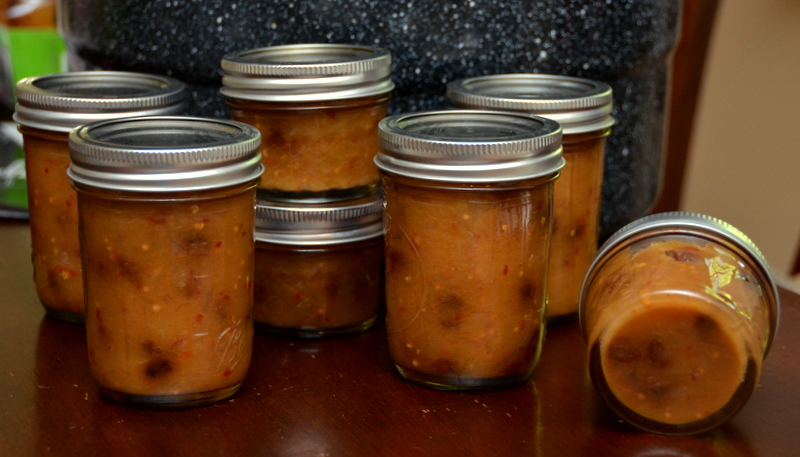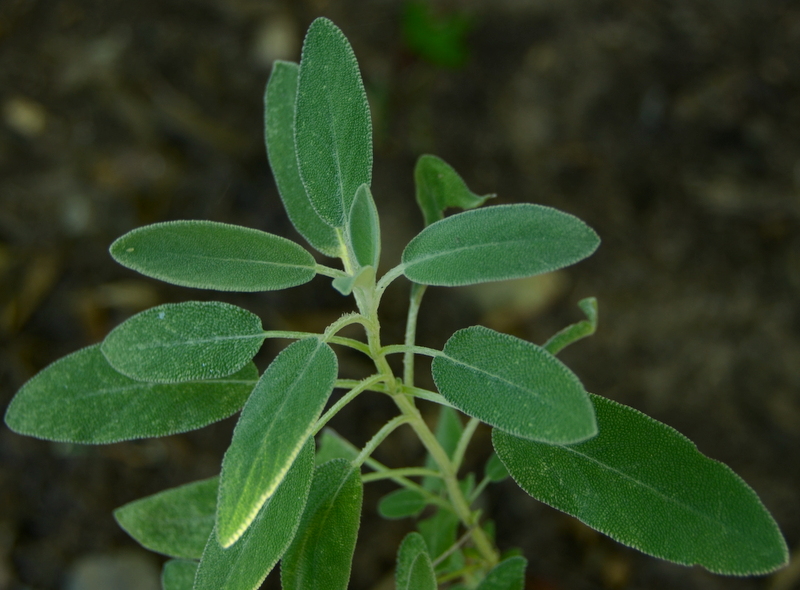Old-school Em-i-lis
/The past couple days have found me yearning for leisurely hours in the kitchen. It's been a long while, too long, since I've felt I had any significant amount of time to relax in there and play around. I miss it, and have noticed that when rushed, dinners become more chore than pleasure, and I cut culinary corners in ways I don't like.
Our spring has, so far, been an awfully wet and chilly one. There have been glorious days of warmth -heat even!- and sunshine, promises of lemonade stands and relaxed evenings on the deck with a cold glass of wine. But by and large, those times have been elusive, and most days are still "pants and long-sleeve T's, boys" rather than shorts and sunblock ones.
That said, it's spring somewhere, and the produce of the glorious season is starting to roll our way. It's the right time for rhubarb, and those beautiful pink and green stalks are showing themselves at our local farmers markets as are greenhouse tomatoes and herbs and the earliest strawberries. Asparagus is in its prime.
At the grocery, fava bean pods glow green and swollen, and plums, peaches and apricots are finally being trucked in from places north of Chile!
Perhaps I should thank the mostly-gloomy days of the recent past, for they have offered me quick moments in which to steal to the markets and have then shooed me back inside when the rains return. During the latter periods, the beautiful beans and fruits and tomatoes and greens beckon to me, and I have gone to them.
Shelling beans is an always-pleasant task, meditative, productive and grounding. Favas and borlottis are my favorites to hull, because my reward is a bowl of vibrant green or cranberry-speckled beans that only nature could conjure. Favas beg to be smashed with mint and pecorino and olive oil and a squeeze of lemon, slathered atop grilled bread slicked with more oil. Nothing this beautiful can be anything but healthful or a pleasure to eat.
fava bean and mint crostini
The smell of tomatoes alone is thrilling, but then the juicy pop of each orb's taut skin is the happiest salvo. The crisp crack of each asparagus spear's end breaking off at just the point that woody and fibrous gives way to silky and tender.
the freshest pizza
All of these ingredients make such delicious dishes but without much effort; that is the gift of real, fresh, seasonal food.
velvet apricots
Today, I made my black velvet apricot and Cognac jam. It is as delectable as it is pretty; looks rather like a jewel, really. I love recipes that freeze an ephemeral ingredient in time for later enjoyment. It's why I make mango butter even though straight-up mango, peeled and sliced, is our favorite way to enjoy them, especially the Ataulfo, or champagne, variety that comes out in late April each year.
I also made some old favorites this week including my farro with golden beets, candied pecans, feta and a sage-chive oil and oven-roasted rosemary salmon, and, perhaps most thrillingly, treated myself to this Meyer lemon tree on Mother's Day. I'm positively over the moon about it, and will feel equal parts Cher (from Clueless; remember when she reaches out of her father's office window to pick a fresh lemon for his tea?) and Martha Stewart when I pluck a fresh lemon from its boughs.
farro with golden beets, candied pecans, feta and chive-sage oil
Now, if only the sun will come out a little bit more and help us all dry and grow and ready ourselves for the next marathon of cooking and growing and rooting, it'd be swell!












